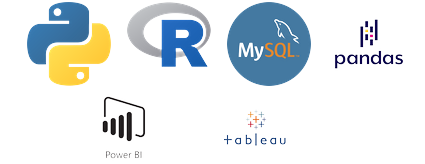Supervised and unsupervised learning are two fundamental approaches in machine learning, which is widely used in data analytics. Here’s the key difference:
- Supervised Learning:
- Definition: In supervised learning, the algorithm is trained on a labeled dataset, meaning the input data comes with corresponding output labels.
- Goal: The goal is to learn a mapping function from input to output and make predictions for new, unseen data.
- Examples: Classification (e.g., spam detection in emails) and regression (e.g., predicting house prices).
- Use Cases: Fraud detection, stock price prediction, and customer churn analysis.
- Unsupervised Learning:
- Definition: In unsupervised learning, the algorithm works on unlabeled data, meaning it explores the structure of data without predefined outputs.
- Goal: The goal is to find patterns, clusters, or hidden structures in the data.
- Examples: Clustering (e.g., customer segmentation) and dimensionality reduction (e.g., PCA for data visualization).
- Use Cases: Market basket analysis, anomaly detection, and recommendation systems.
Key Difference:
- Supervised learning requires labeled data, while unsupervised learning does not.
- Supervised learning focuses on prediction, whereas unsupervised learning focuses on pattern discovery.
Would you like to dive deeper into any related topics or examples?

